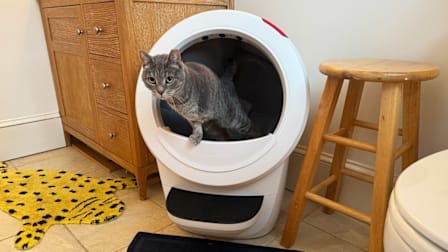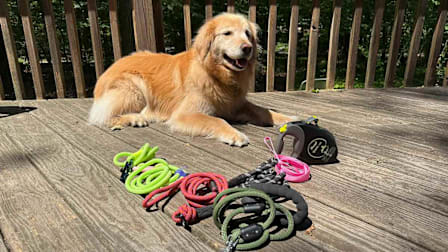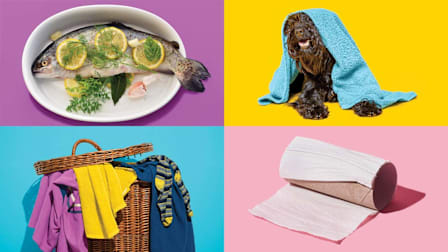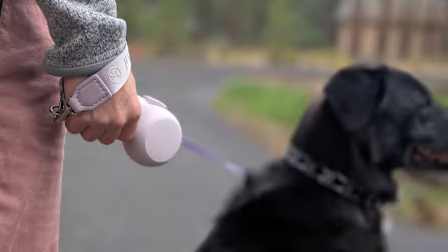Best Cat Litter From Our Tests
We evaluated eight products, including Fresh Step, PrettyLitter, Tidy Cats, and World's Best Cat Litter. Plus, how a clean litter setup will help keep toxoplasmosis out of your home.
When you shop through retailer links on our site, we may earn affiliate commissions. 100% of the fees we collect are used to support our nonprofit mission. Learn more.
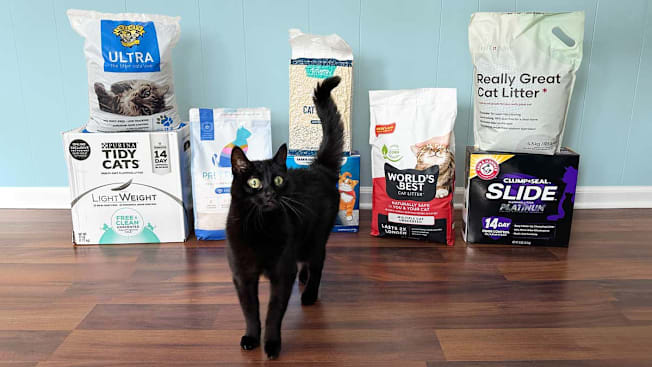
I knew nothing about cat litter before I adopted my cat, Frank. Within the first couple of months together, I went through five different combinations of litter and litter boxes, looking for the one that would make both of us happy. We were obviously looking for different things.
He wanted something that was gentle on his paws and that he could dig through while making the most amount of noise possible in the middle of the night. I was looking for something that he wouldn’t track around my apartment, would mask the smell of his poops, and came in packaging that I could reseal and store easily in a small space.
- Cat Litter We Tested: Arm & Hammer Dr. Elsey's Fresh Step Frisco by Chewy PrettyLitter Purina Tidy Cats Tuft + Paw World's Best Cat Litter
- More on Cat Litter: What Is Toxoplasmosis? Cat Litters to Avoid Which Type Is Best? When to Replace the Litter How We Tested
CR's Cat Litter Testing
We didn’t use any cats in our evaluation because they’re generally not fans of change.
Most companies that make cat litter recommend introducing cats to a new product slowly because frequent changes can stress out cats and cause them to go outside of their litter box—a mess that’s way less pleasant to clean up than loose litter.
To save Frank and the other resident CR cats and cat parents the hassle of a messy at-home evaluation, we developed a set of lab tests that assessed each litter’s ability to mask odors, its ease of pouring and scooping, and more in our lab. Watch the video above and learn details of our testing.

















